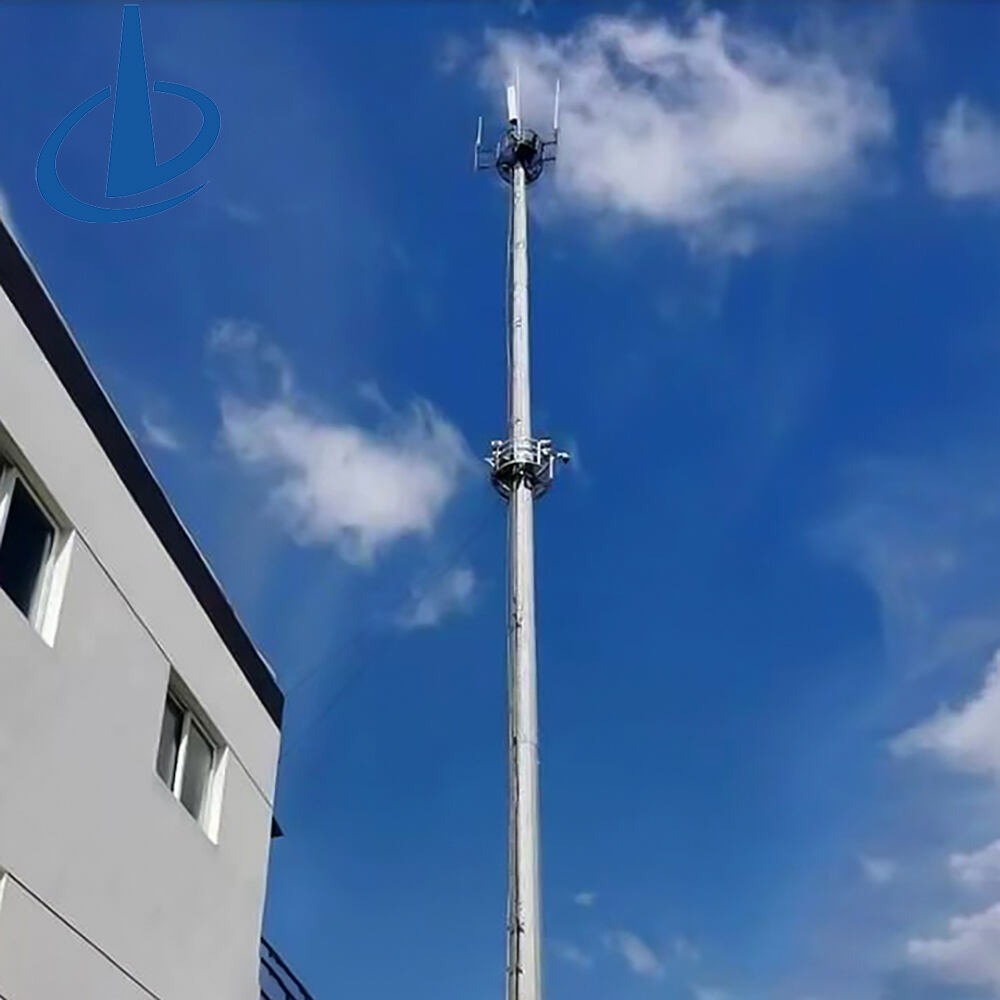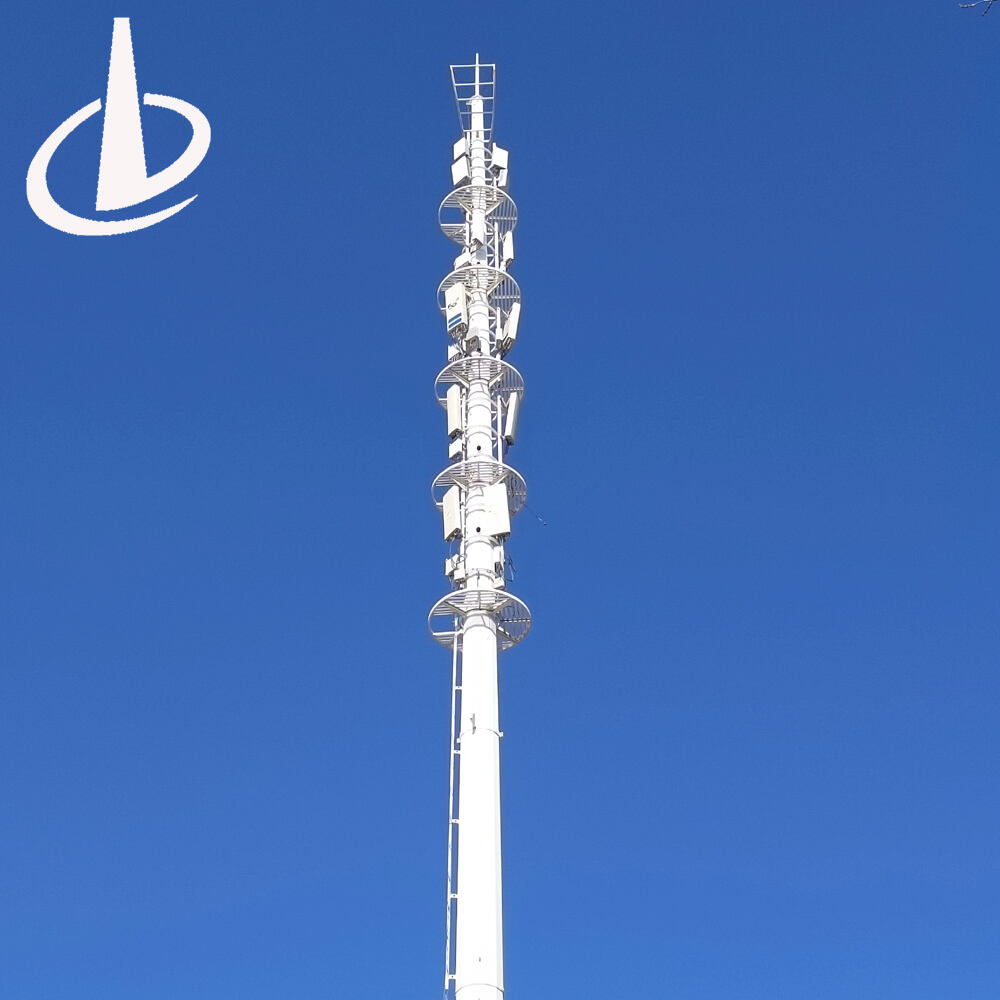signal tower
A signal tower is a sophisticated visual management and communication device that serves as a crucial component in modern industrial and manufacturing environments. This versatile device combines multiple light modules, typically stacked vertically, with various colors and illumination patterns to effectively communicate machine status, production conditions, and operational alerts across facility floors. Standing as an essential tool in lean manufacturing and Industry 4.0 implementations, signal towers provide instant visual feedback that can be recognized from considerable distances, enabling quick response times to changing conditions. The system incorporates advanced LED technology for extended lifespan and energy efficiency, while offering multiple mounting options for versatile installation. Signal towers can be integrated with various control systems through multiple communication protocols, including traditional wiring, wireless connectivity, and smart factory networks. They feature customizable programming capabilities that allow for different flash patterns, sound options, and color combinations to convey specific messages or alerts. With their robust construction and industrial-grade materials, these devices maintain reliable performance in challenging environmental conditions, including exposure to dust, moisture, and varying temperatures. Modern signal towers also often include advanced features such as data logging capabilities, remote monitoring options, and smartphone connectivity for enhanced operational oversight.


